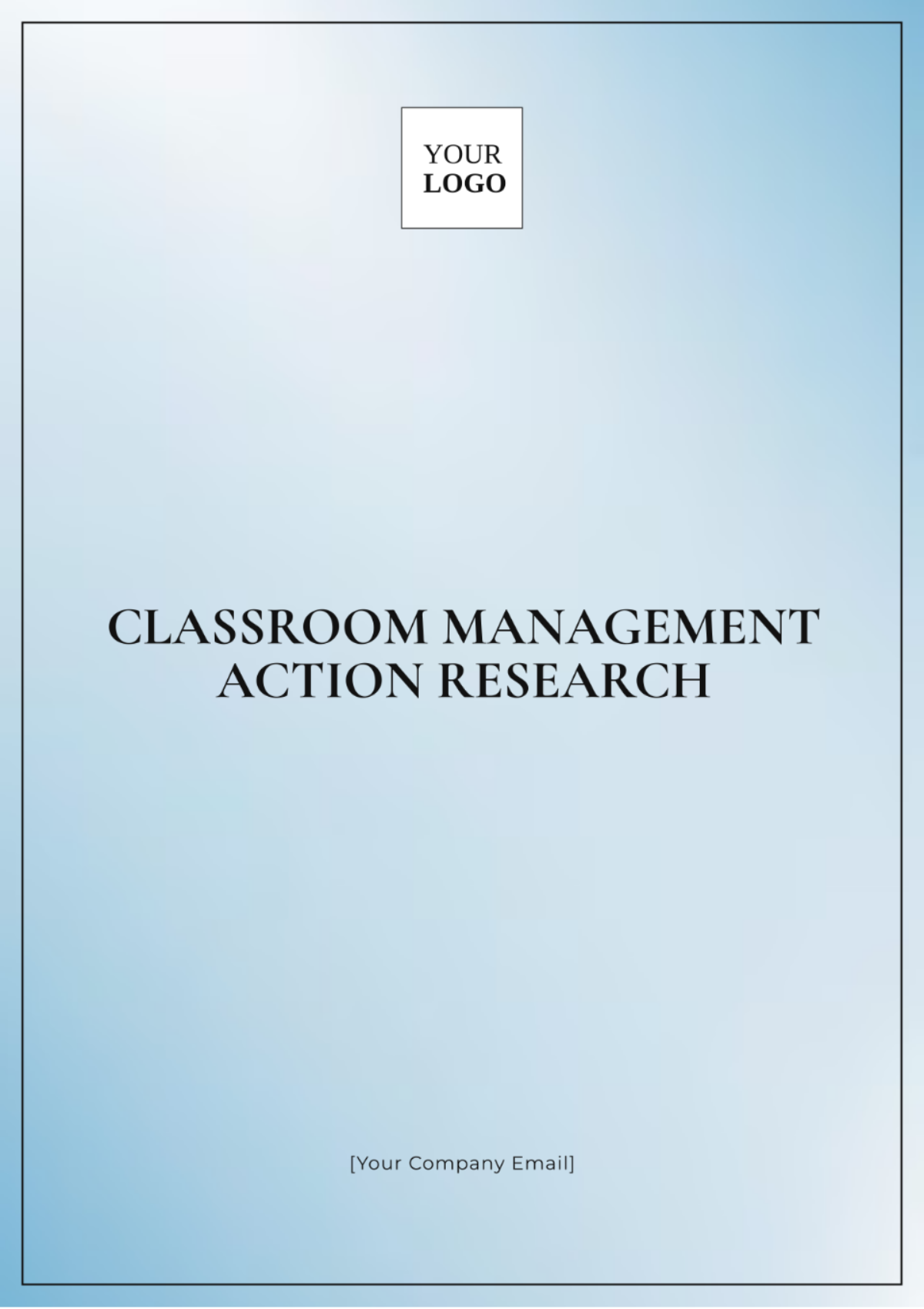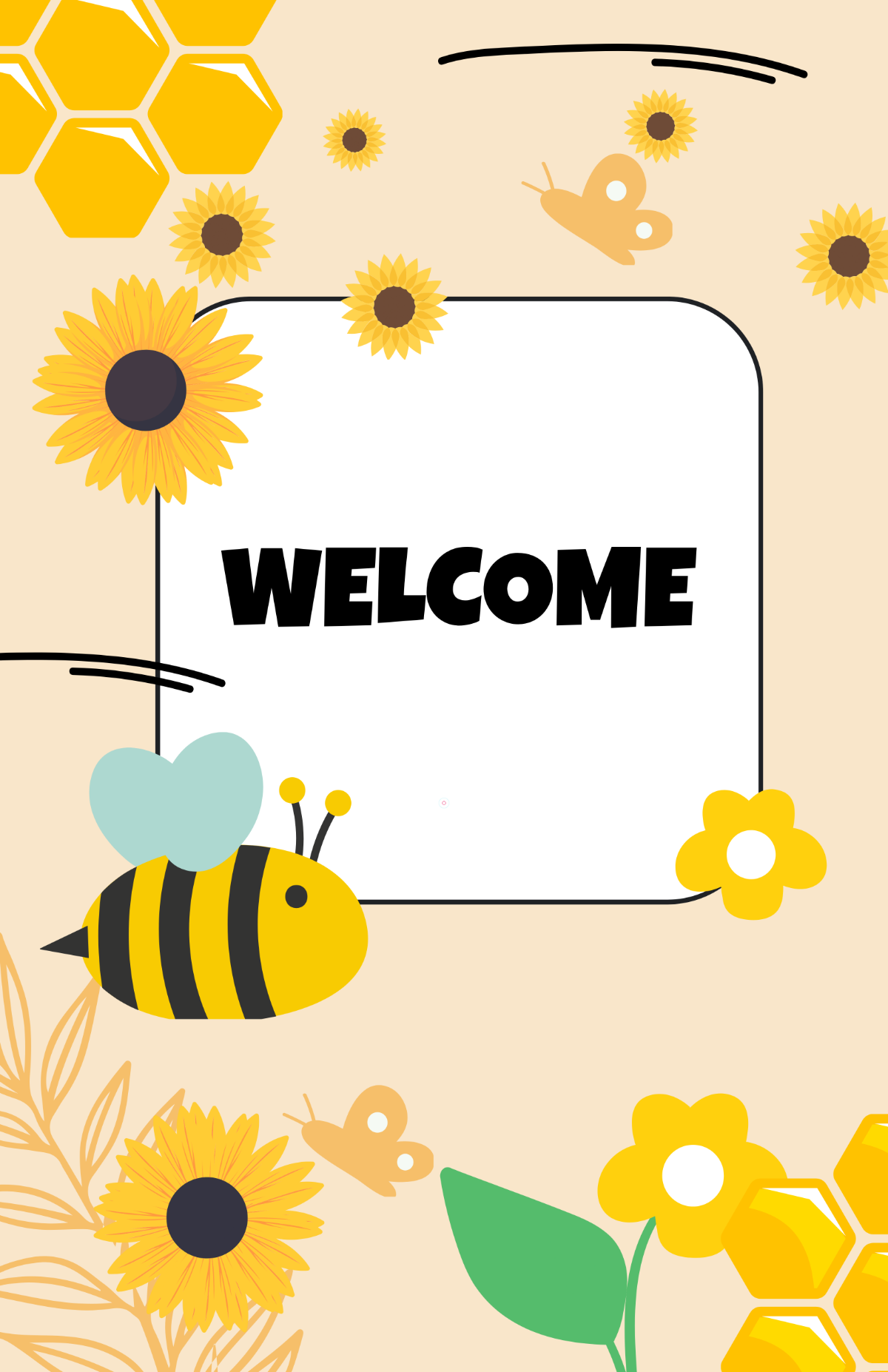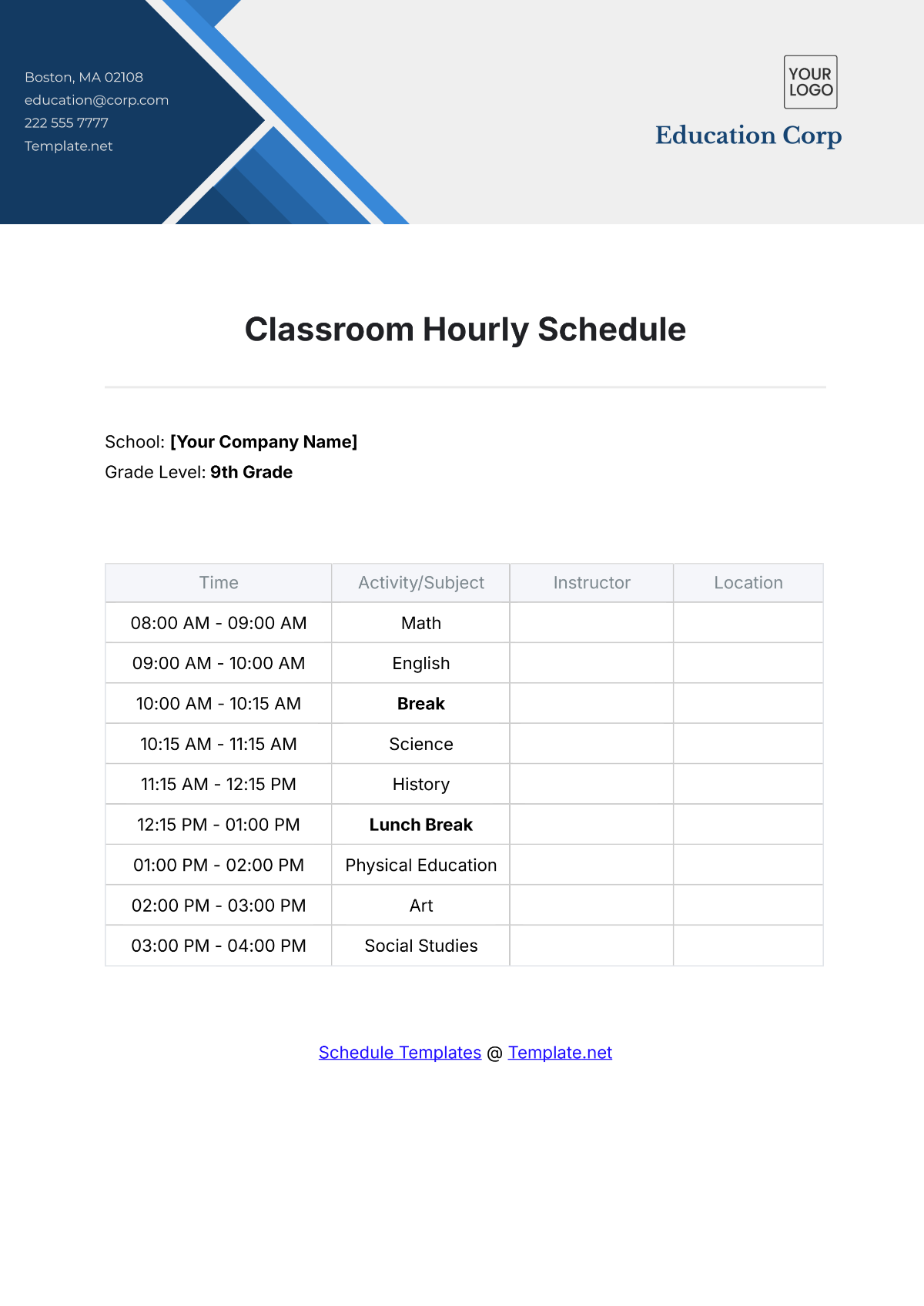Classroom Observation Protocol
1. Introduction
This Classroom Observation Protocol ("Protocol") serves as a comprehensive framework for conducting classroom observations aimed at evaluating teaching effectiveness within [Educational Institution]. The Protocol aims to provide valuable insights and constructive feedback to educators, fostering continuous professional growth and improvement.
2. Objective
To establish a structured framework for evaluating teaching effectiveness within an educational institution.
To provide clear guidelines for conducting classroom observations.
To facilitate constructive feedback for educators.
To foster continuous professional growth and improvement among educators.
To ensure consistency, confidentiality, and professionalism throughout the observation process.
To contribute to enhanced teaching practices.
To contribute to elevated student learning outcomes.
Protocol Overview
This protocol involves the systematic observation of a teacher's instructional methods, classroom management techniques, and overall interaction with students. Observers will utilize predefined criteria to assess various aspects of teaching effectiveness.
2. Observer Information
Information | Details |
|---|---|
Name of Observer | [Name of Observer] |
Position/Title | [Position or title of the observer ] |
Date of Observation | [Date] |
Classroom/Subject | [Classroom and subject being observed] |
Time of Observation | [Start time of the observation] |
Duration of Observation | [Duration of the observation period] |
3. Methods
Pre-Observation Conference
Before the observation, a pre-observation conference shall be arranged between the observer and the respective teacher.
The purpose of this conference is to delineate the lesson objectives, teaching strategies, and any specific areas of focus for evaluation during the observation.
Observation Criteria
Throughout the observation process, the following criteria shall be assessed:
Criteria | Description |
|---|---|
Instructional Content | Evaluation of the clarity, relevance, and alignment of instructional materials with established curriculum standards. |
Instructional Delivery | Assessment of the teacher's presentation style, pacing, and effectiveness in engaging students. |
Classroom Management | Evaluation of the teacher's ability to create and maintain a conducive learning environment conducive to student success. |
Student Engagement | Assessment of student participation, interaction, and overall engagement with the lesson content. |
Assessment and Feedback | Evaluation of methods used for assessing student comprehension and providing timely, constructive feedback. |
Differentiation | Assessment of strategies employed to address diverse student needs and learning styles effectively. |
Professionalism | Evaluation of the teacher's professionalism, including communication, demeanor, and adherence to institutional standards. |
Observation Notes
Observation Findings:
Classroom Management:
The teacher adeptly managed the classroom by setting clear routines and expectations, smoothly transitioning between activities, effectively using proximity control for behavior management, and maintaining student focus with minimal disruptions.
Instructional Strategies:
The teacher used diverse teaching methods, clear direct instruction bolstered by visuals, promoted peer learning through discussions, provided extra assistance to struggling students, and challenged advanced learners with additional tasks.
Student Engagement:
Students were engaged and enthusiastic in the interactive lesson, with the teacher using practical activities and real-world examples for motivation. Despite a generally positive learning environment, some disengagement was noted during independent work which could require further strategies.
Assessment Practices:
The teacher used questioning and observation to assess student understanding during the lesson, giving prompt verbal and written feedback. However, no formal assessments like quizzes were used, which could have offered useful insight into student progress.
Post-Observation Conference
Following the observation, the observer and the teacher will reconvene to discuss the observation findings. This conference provides an opportunity for the observer to provide feedback, commendations, and recommendations for improvement. The discussion should be constructive, focusing on areas of strength and areas for growth.
4. Action Plan
Based on the feedback received, the teacher developed the following action plan:
Goals:
Boost student participation in independent work by adding interactive tasks and offering students choices when fitting. Include assessments like quizzes to gather data on student progress and guide teaching decisions.
Strategies:
Explore methods to boost student engagement, like using tech tools, project-based learning, and promoting collaboration. Create a schedule to regularly utilize formal assessments, aligning them with learning objectives and standards.
Timeline:
Select new engagement strategies for classroom implementation by next week's end. Design and implement the first formal assessment activity within two weeks. Reflect regularly on strategies' effectiveness and make necessary adjustments.
5. Confidentiality
All information collected during the observation process shall be treated with the utmost confidentiality and utilized exclusively for teacher evaluation and professional development within [Educational Institution].
6. Conclusion
This Classroom Observation Protocol underscores [Educational Institution]'s commitment to fostering a culture of continuous improvement and excellence in teaching. By adhering to this Protocol, we aim to enhance teaching practices and elevate student learning outcomes.
7. Signature

[Name of Observer]
[Date]

















































